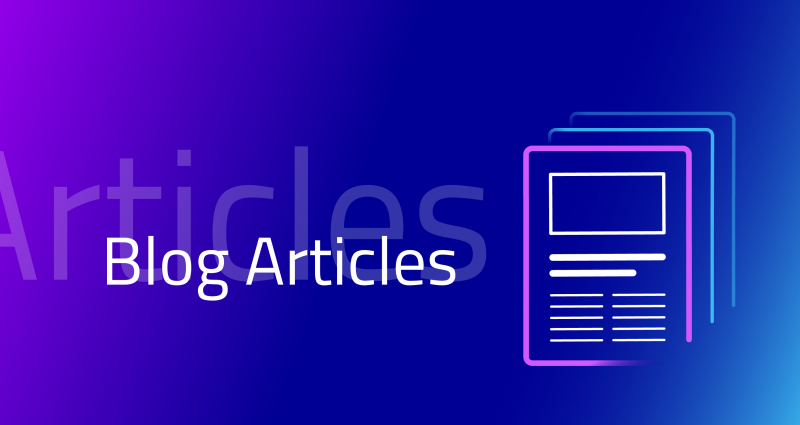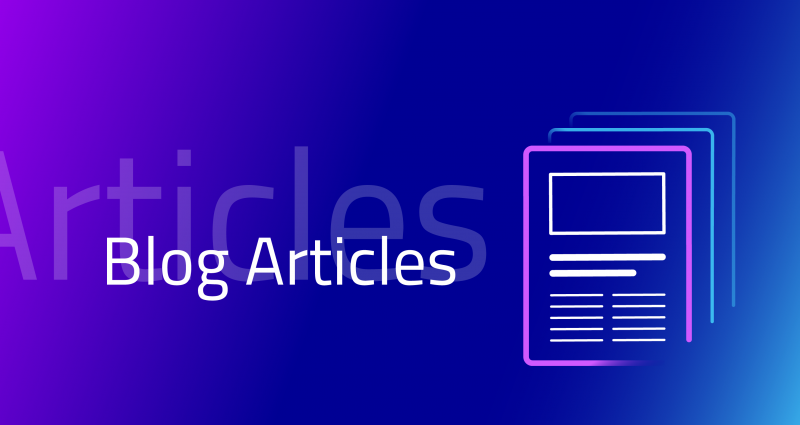
On Friday, 18 March 2022, the French Hub of Gaia-X organised its fourth plenary session, a hybrid event.
This session was organised in Bercy, in the presence of the Director General of Enterprises, Mr. Thomas Courbe who intervened on behalf of Cédric O to present the main strategic orientations of France for the free flow of data. This edition aimed to provide an update of the Gaia-X Association, the French Hub, and present the first concrete results of a Gaia-X framework and specifications.
Francesco Bonfiglio, CEO of Gaia-X explained that the initiative is creating a real momentum: bringing together users and providers of technology in an unprecedented way – something that has never really happened before in Europe or elsewhere. Currently, Gaia-X has more than 330 members that are well-balanced between users and providers of technologies. The voice of the market has already spoken.
He continues that Gaia-X helps its members to express their viewpoints and form a substantial part in orchestrating the next generation of technology, meanwhile regaining back the control to the user’s hands. This is imperative, he says, “Technology is not yet another sector, but rather the fabric of anything in our life and form, from utility to any public or private or commercial initiative.”
For this reason, he continues “Gaia-X federated services can make a difference.” In fact, he mentions that while Gaia-X brings in a multifaceted ecosystem, two key principles are crucial: “one is the element of federation and the second is all about trust. To move into a federated ecosystem, he says, “we would need to bring in these two changes. By default, this means federating the current fragmentation that we see across resources, technology providers, network providers, economic electors that present the weakness of Europe in any sector.”
Gaia-X is creating a new ecosystem presenting the best way to regain competitiveness in the European market. By far, it creates a new model of trust that is not private or autocratic but is measurable and controllable.
With such an approach, Gaia-X is different from other initiatives, as it doesn’t feature various objectives, but rather two clear objectives, while equally developing the technology.
Francesco Bonfiglio highlighted the importance to accelerate our delivery based on the 5-year plan, but equally do engage the Big Players. Indeed, Gaia-X cannot make a difference without the support of big market players, like Orange etc. that want to be part of this new generation of federated technologies and push it forward. He added, “we can indeed spend a lot of time to discuss about security, artificial intelligence, and trusting all the shapes and colors, but these two key elements will make a difference, not because we say it but because the world has now changed, and we also need to move with it.”
In short, the data are everywhere and cannot be protracted in single braces, regardless of the hyperscalers from China or America. The biggest challenge of the future will not be the capability to blackbox and lock in clients, but it will be on how to integrate, intra-operate, and become competitive in terms of the collaboration with other players in the market.
For instance, as of currently, the largest players in the market are already providing localised solutions, changing their architecture, and changing their strategy. They are doing this to come closer to what Europe is driving, whereby Gaia-X already plays a key role in driving this new set of market rules.
In parallel, Gaia-X supports SMEs and startups equally from a technological and operational angle. Actually, 70% of its members are SMEs, which is a good thing, given that an important of 80% of SMEs make up Europe’s economic fabric.
When it comes to how Gaia-X is common or different to the European Alliance for Industrial Data, Edge, and Cloud, Bonfiglio mentions that there are similarities, but also differences. The biggest difference is that Gaia-X is not driving or driven by any of the European initiatives. It is a totally independent private initiative, representing and bringing the requirements from the industry.
On the other hand, the European Alliance for Industrial Data, Edge, and Cloud is aiming to develop a new generation of data spaces, relying on a new generation of European technologies, spanning from edge to cloud, and much more. However, Bonfiglio highlights “Gaia-X is going to become an operating system for this new generation of cloud, i.e., the ‘European cloud’, since this is what we’re doing – we’re building a framework to enable the creation of federations of trusted nodes of data and cloud”.
Therefore, other initiatives promoted by the European Commission, like the European Alliance for Industrial Data, the definition of the Cloud Rulebook, the IPCEI-CIS, to name a few, are not disconnected from the Gaia-X intent and deliverables, but very much aligned, walking, and marching in the same direction.
Anyone can be part of the Gaia-X Association contributing to its development, and any service provider will be able to be Gaia-X compliant, as long as they want to make their technology open, transparent, controllable and interoperable.
Gaia-X cannot make sense unless it provides for a competitive advantage in the global market, and that’s why it welcomes everyone – European and non-European players inclusive. For users, Gaia-X introduces a new concept of service qualification not based on paper, but on a technological trust framework.
For providers, Gaia-X makes the exposure of their transparency, controllability and interoperability, an element of competitiveness instead of a weakness. For SME, Gaia-X offers the power of federation, a way to increase their visibility in the market, scale and compete. For non-European users and providers, a way to distinguish their willingness to collaborate with European enterprises, to maintain and evolve commercial relationship following the rules set by Europe. These three characteristics attract many players to Gaia-X.
For sure, regulation plays a role. Bonfiglio highlights “One of the mantras we have at Gaia-X is regulation by automation. In other words, we need to move from a mode of self-declarative statements to a mode of verifiable service characteristics, that provides for an objectively measurable adherence to the rules written in the regulations”.
“Gaia-X stakeholders have expressed the need to control where data is stored and processed, by whom, and for what purpose, and to be able to move data with confidence. This is what Gaia-X’s Trust Framework helps to achieve, in a measurable way.” Pierre Gronlier, CTO of Gaia-X highlighted.
“Despite that the cloud problem has been an issue since 2018, it will evolve if only a dynamically adaptable framework is created. Regulation will change, discrepancies between legislations will improve, but even when there will be no clashes between the Cloud Act and the GDPR, still the need for transparency and controllability by the users of technology, will remain. This is and will remain the real deal” Francesco Bonfiglio, CEO of Gaia-X says.
Have you missed or would like to know more about the event the Gaia-X Hub plenary session 4?
Check out the following links:
